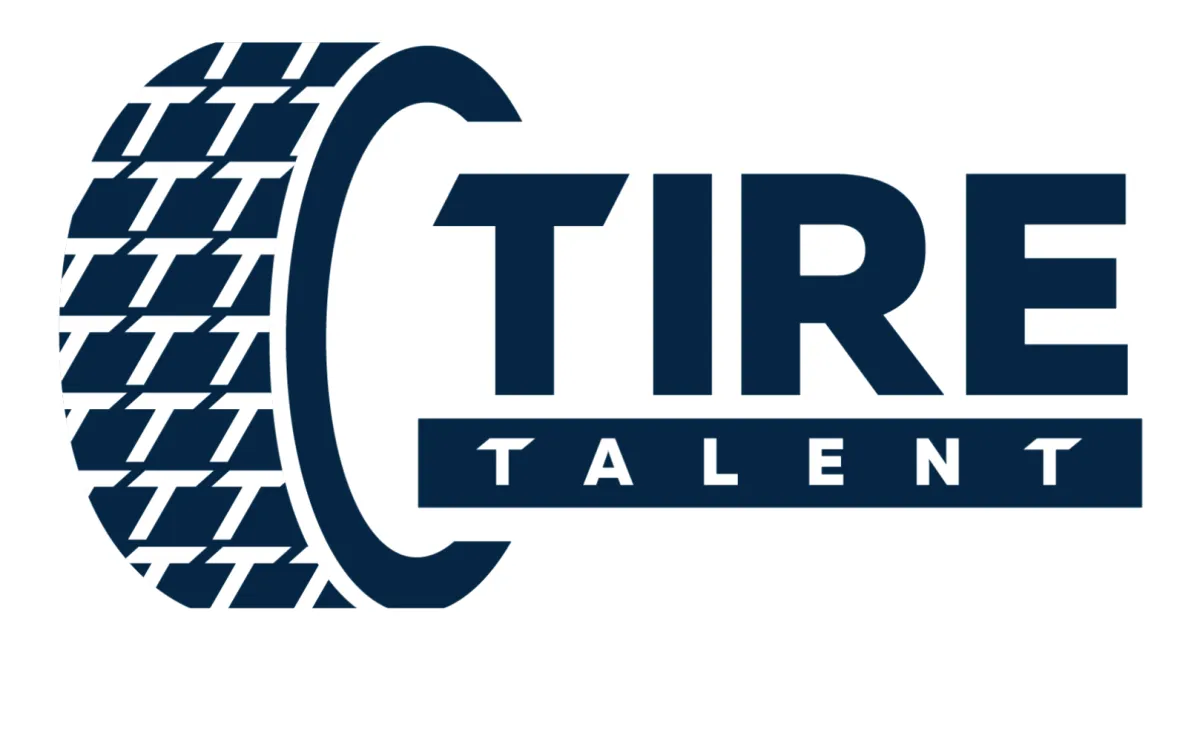(843) 732-8473 | [email protected]
blog

What the Fed Rate Cut Means for the Tire Industry
By Mike Cioffi
While I am not an economist, I do follow the Federal Reserve for fun as a hobby. Weird, eh?
I also listen to Peter Schiff, Mr. Gold Doomsday and Bitcoin advocates regularly, so I try to keep a balanced perspective on currency and monetary policies.
As a fiscal conservative, I'll do my best to back my views with historical data and empirical evidence. And explain why I don't think the half of a percent cut in interest rates will boost your business this year significantly, what rate cuts usually signal and why the actual rate remains restrictive compared to the past decade.
What Does The Rate Cut Really Mean?
When the Fed cuts interest rates, most businesses see it as a sign that borrowing costs will decrease, potentially boosting investments and consumer spending. A 0.5% cut might seem significant, but let's put it in context.
The U.S. economy has been through a whirlwind of rate hikes over the past couple of years, with mortgage and business loan rates climbing to levels that haven't been seen since the early 2000s. So, while a cut is welcome news, it doesn't mean we're back in an easy borrowing environment.
In fact, despite this cut, the current rate is still relatively high and restrictive for many businesses, especially in capital-intensive industries like tire manufacturing, distribution and retail. For businesses that may rely on credit to manage inventory, finance equipment or expand operations, this rate cut may offer some relief, but it's not a game changer. It's important to remember that we're still far from the ultra-low rates of the post-2008 era.
The Looming Commercial Real Estate Cliff
I believe the Fed made a critical mistake during the COVID era by keeping rates far too low for far too long. They flooded the economy with cheap money, leading to what I like to call "free money on the streets." This sparked a surge in speculative investments, inflated asset bubbles and fueled excessive borrowing.
While this provided temporary economic stability during the pandemic, the long-term effects are catching up with us.
Fast forward to today, and we have a commercial real estate cliff looming. Many commercial loans that were taken out during the era of cheap money are now coming due. The problem? These loans, based on inflated valuations, no longer make sense on paper because they have to be renewed at much higher rates. This is a ticking time bomb for the commercial real estate sector and could have a ripple effect on industries like ours, which are tied to transportation, logistic, and even retail development.
A 0.5% cut may help some in the short term, but it won't fix the underlying structural issues that the Fed's policies have created.
Expectations vs. Reality
One of the most interesting things about rate cuts is how the market often reacts before the Fed even takes action.
For example, mortgage rates in 2023 peaked in October at 7.7%, before dropping to 6.6% within three months. This happened despite the Fed making no changes to its actual rates during that time.
What drove this? Market perception. Investors expected the Fed to cut rates seven times in 2024 and that belief alone was enough to drive rates down temporarily.
But as 2024 rolled on, and the Fed didn't deliver the cuts the market had anticipated, mortgage rates climbed back up to over 7% by May. This is a great lesson in how market expectations and forward guidance can shape financial outcomes, even when the Fed isn't actively making changes. For business owners, it's a reminder that economic sentiment can drive financial conditions just as much as actual policy changes.
The Neutral Rate
Let's talk about the neutral rate, a concept that may not be familiar to everyone but is crucial in understanding the broader economic landscape. The neutral rate is essentially the interest rate level that neither stimulates nor restricts economic growth — it's the sweet spot where the economy can hum along without overheating or slowing down too much.
Currently, the Fed's rate is considered restrictive because it's higher than the neutral rate. While the exact neutral rate is tough to pinpoint, it's generally lower than where we are today. This means that even with a 0.5% cut, the rate is still likely slowing down parts of the economy.
If the neutral rate continues to fall due to slowing global growth, an aging population or other factors, the Fed's cuts could become less effective at stimulating the economy. This is especially true if inflationary pressures pick back up and cause the neutral rate to rise. In that case, businesses might find that even lower rates don't provide much relief because the overall economic environment remains tight.
What Rate Cuts Typically Signal
Historically, significant rate cuts have been associated with economic downturns. The Fed often reduces rates when they anticipate a slowdown or recession. While a 0.5% cut isn't massive, it does suggest that the Fed is concerned about economic headwinds. In past cycles, rate cuts have typically preceded a recession, with the exception of a few cases like 1984.
For tire businesses, this means staying cautious. If the Fed is cutting rates to stave off a downturn, it's worth considering what that might mean for consumer demand, fleet purchasing and overall market conditions. A cooling economy could affect everything from raw material costs to consumer purchasing patterns.
Why This Cut Won't Move The Needle Much For Tire Businesses
While the Fed's 0.5% rate cut may offer some relief, it's unlikely to be a major catalyst for growth in the tire industry.
Let's also keep in mind that it usually takes at least 12 months for a change in the federal funds rate to have a widespread impact on the economy, though the stock market often responds more quickly.
The rate is still relatively high and restrictive and the market's reaction to rate cuts can be unpredictable. Business owners should continue to focus on strong fundamentals —managing cash flow, controlling costs and staying nimble in the face of uncertainty.
Rate cuts can indicate looming challenges and it's always better to be prepared. As much as we'd like to see these cuts lead to a boom, history suggests they are more likely a warning than a windfall.
Mixed News on U.S. Jobs: Slower Job Growth with Steady Unemployment Rate
The U.S. job market in August saw modest growth, with nonfarm payrolls rising by 142,000 jobs. However, the unemployment rate stayed the same at 4.2%. While there were gains in construction and healthcare, other sectors, like manufacturing, saw job losses. These trends highlight challenges for businesses and hiring managers as they adjust to a changing hiring environment.
August Employment Report Overview
According to the Bureau of Labor Statistics, in August 2024, the U.S. added 142,000 jobs, a slower pace compared to previous months. Revisions to June and July job numbers showed that 86,000 fewer jobs were created than initially reported. The unemployment rate remained steady at 4.2%, with 7.1 million people unemployed, up from 6.3 million in August 2023, when the unemployment rate was lower at 3.8%.
Key Sector Updates
Construction: The construction industry added 34,000 jobs in August, higher than the average monthly increase of 19,000 over the past year. Jobs were mainly added in heavy civil engineering and nonresidential construction.
Healthcare: Healthcare added 31,000 jobs, though this is lower than the 12-month average of 60,000. Growth was concentrated in ambulatory healthcare services and hospitals.
Manufacturing: Manufacturing lost 24,000 jobs, mostly in durable goods industries, reflecting ongoing difficulties in this sector.
While social assistance continued to grow (+13,000 jobs), industries like retail, finance, and professional services showed little to no job growth.
Wage Growth and Working Hours: Wages increased by 0.4% in August, bringing the average hourly pay to $35.21. Over the past year, wages have risen by 3.8%. The average workweek for employees increased slightly to 34.3 hours.
The number of people working part-time for economic reasons remained steady at 4.8 million in August, up from 4.2 million a year earlier. These individuals would prefer full-time work but are in part-time roles due to reduced hours or an inability to find full-time jobs. This increase suggests that while there may be job growth, many workers are still struggling to find stable, full-time employment.
For recruiters and hiring managers, this report means it’s time to adjust strategies. With fewer new jobs being created and the unemployment rate holding steady, competition for available roles may increase. This employment report shows a job market with both opportunities and challenges, meaning companies will need to deal with slower growth in certain sectors and focus on areas where job opportunities are still rising.
Mike Cioffi is the founder of Tire Talent, a boutique recruiting agency dedicated to the tire industry. You can reach him directly at [email protected].
Address
177 East Main St. #355
New Rochelle, NY 10801
Phone
(843) 732-8473
Follow Us
Privacy Policy
Terms of Services
